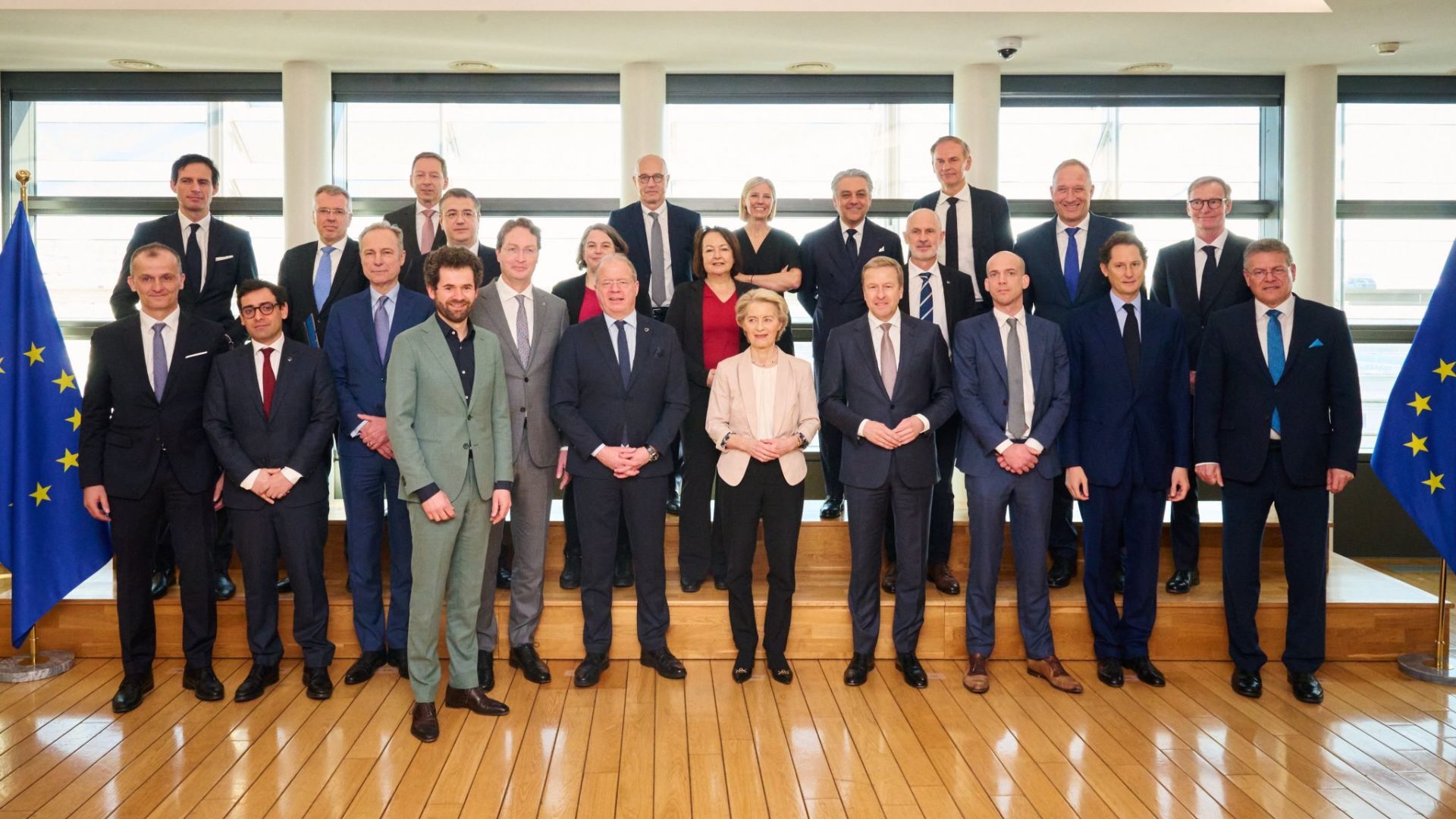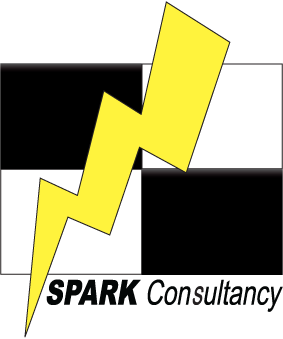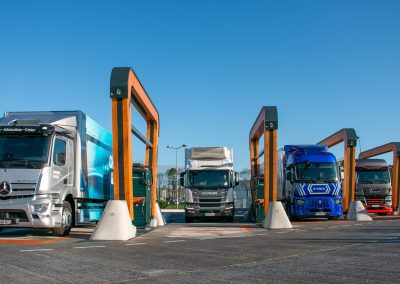
As Ursula von der Leyen herself anticipated a few days ago, a deferment was granted, with the possibility of falling within the previously set emission reduction parameters by 2027 and no longer by 2025. A step forward by the Commission in the face of demands from manufacturers and the electric vehicle market that is struggling to take off (understatement) in Europe.
5 March 2025 By Editorial staff
March 5 has finally come. As stated in January, when EU Commission President Ursula von der Leyen announced the opening of a discussion table with European automotive players, here on time are the results of the talks between the top European institutions and the passenger car and commercial vehicle industry. Here the Commission reports the main points of the document.
Let’s start at the tail end, namely the issue of fines that car and commercial vehicle manufacturers should have started paying already this year. As Ursula von der Leyen herself anticipated a few days ago, a deferment was granted, with the possibility of falling within the previously set emission reduction parameters by 2027 and no longer by 2025. A step forward by the Commission in the face of demands from manufacturers and the electric vehicle market that is struggling to take off (understatement) in Europe. Indeed, it will still need to formally go through the EU Parliament and Council, but they seem like fairly obvious steps: the will is clear.
The European Action Plan for Automotive
As might be expected, the Action Plan released today by the EU Commission keeps the roadmap set for the European automotive energy transition virtually unchanged: no derogation, in short, from the goal of banning the sale of zero tailpipe emission cars and vans in 2035. Also, no opening to alternative fuels, as demanded by many. Instead comes the announcement of more investment by the EU to support the transition and automotive workers.
First on charging stations, with a total of 2.2 billion euros made available for the implementation of fast and ultra-fast systems, above all, so as to support the transition of heavy vehicles as well. Thus, the willingness to act on concrete EU instruments, such as Horizon Europe, for example, to create a truly European battery production chain is affirmed. The Plan promises, then, easier access to those raw materials (read: rare earths) essential for building batteries, precisely. All quite vague, to be honest, in a sector like batteries that, as the case of Northvolt shows, is extraordinarily complex. In this regard, a very recent British inquiry highlighted how Northvolt’s own ability to make cells in-house, but to use raw materials sourced (again) from China, is by no means certain.
Milence Charging Hub Rouen_real view
In addition to infrastructure and batteries, the EU Commission has identified two more primary areas for action, which should enable the European industry to keep competitiveness with other areas of the world. One is software development, which is increasingly important with the vehicles of the near future in mind, with the creation of an “open source” information sharing system to be made available to European manufacturers.
The other one is autonomous driving, with the EU Commission promising not only further investment but also the creation of a legislative framework that can accelerate the development of self-driving vehicles in both passenger and freight transport.



Recent Comments